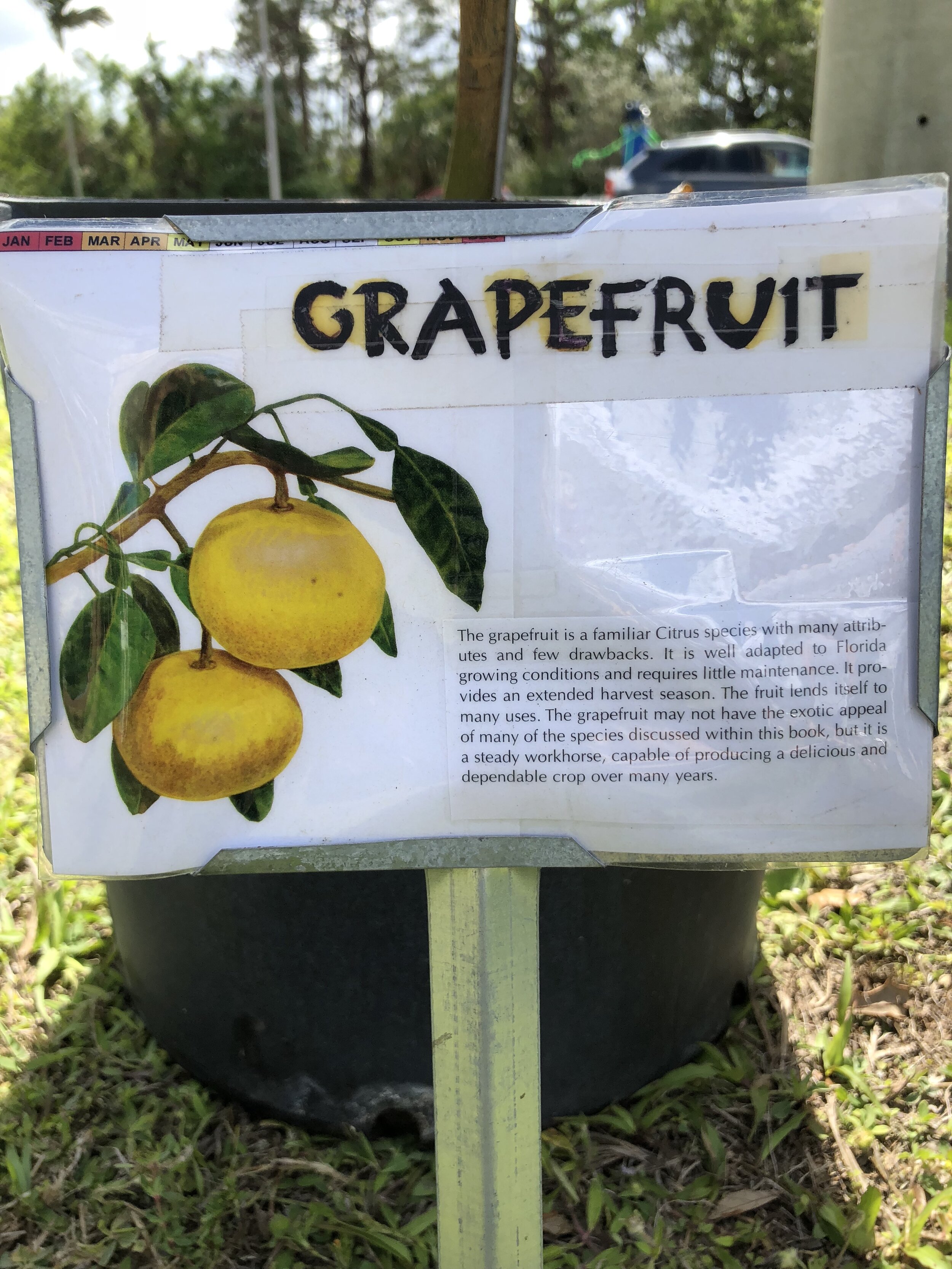Grapefruit Trees
Finding a Suitable Location
Growing a grapefruit tree is tricky since they need ideal growing conditions. They require warm conditions both day and night with a lot of sun. An area on the southernmost side of the home will not only offer the most sun but also provide optimal winter protection. Growing them in temperate or tropical-like regions in full sun — preferably in USDA plant hardiness zones 9 and up is preferable, though some success can be achieved in Zones 7-8 with suitable care. Grapefruit trees also prefer well-draining, loamy soil. Citrus trees do not require organic soil and prefer to be grown in sandy soils with good drainage. Trees should be planted at least 12 feet apart and 12 feet away from houses, sidewalks, driveways, etc. Always get the planting area ready beforehand, amending the soil if necessary. Grapefruit trees can be planted in spring or fall, depending on where you’re located and what works best for you and your region’s conditions. Keep in mind that those planted in spring must contend with the heat of summer while fall-planted trees must endure the hardships of unseasonably cold winters.
Planting
Dig the planting hole both wide and deep enough to accommodate the roots and rootball. Place the tree in the ground at the same level or slightly higher than it was in the container. After placing the rootball in the hole, backfill halfway with soil, firmly pressing down to squeeze out any air bubbles. Then water the soil and allow it to settle before backfilling with the remaining soil. Make sure it is watered thoroughly. Keep the soil level with the surrounding area or slightly mound it. Setting it any lower will lead to standing water and cause rotting. Also, be sure that the bud union remains above the soil.
Fertilizing
Fertilizing is also important in the growing stages; most garden shops in Florida carry a citrus fertilizer that supply the nutrients needed for healthy growth. Fertilize your young tree four to six weeks after planting with a ½ pound of fertilizer and then use a pound of fertilizer six to eight weeks later; continue to increase the amount of fertilizer with each feeding and by year three you should be feeding 4 pounds of fertilizer per application. After your tree has grown into an adult you can switch to a mature fertilizer and only fertilize three times a year with 8 pounds per application every four months. Weeds should always be monitored and removed beneath the citrus tree canopies. Weeds compete for water and nutrients and can harbor pests. Even when pests are present, pest control is rarely needed; citrus trees are fairly pest-resistant.
Tree Care
While minimal, grapefruit tree care is essential to maintain its overall health and production. After planting, you should water every day for the first few weeks, then taper off and water every other day, then every third day. Then you can begin watering deeply once a week, except during dry periods when additional water may be needed. After you citrus tree is established, water as-needed and keep soil moist. You can also add light fertilizer during irrigation every four to six weeks. Don’t prune your tree unless removing old weakened or dead branches. Winter protection may be needed for areas prone to frost or freezing. Although many people prefer to simply mulch around the tree, it is advisable to leave at least a foot of space between the trunk and mulch to avoid any problems with root rot. Generally, blankets, tarps, or burlap provide adequate winter protection.
Harvesting
Generally, harvesting takes place in fall. Once the fruits have turned yellow or gold in color, they’re ready for picking. The longer the fruit remains on tree, however, the larger and sweeter it becomes. Over-ripened fruit, which may appear lumpy, should be discarded. Ripe fruits can stay ripe on the tree for up to three months. Don’t eat citrus after it has fallen on the ground, it might have already started to deteriorate. Keep in mind that newly planted grapefruit trees will take at least three years before producing quality fruit. Any fruit set in the first or second years should be removed to direct all its energy into growth.






